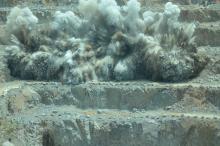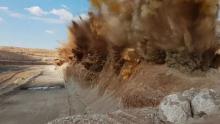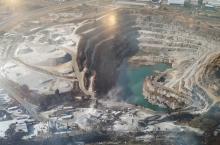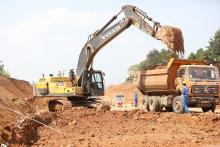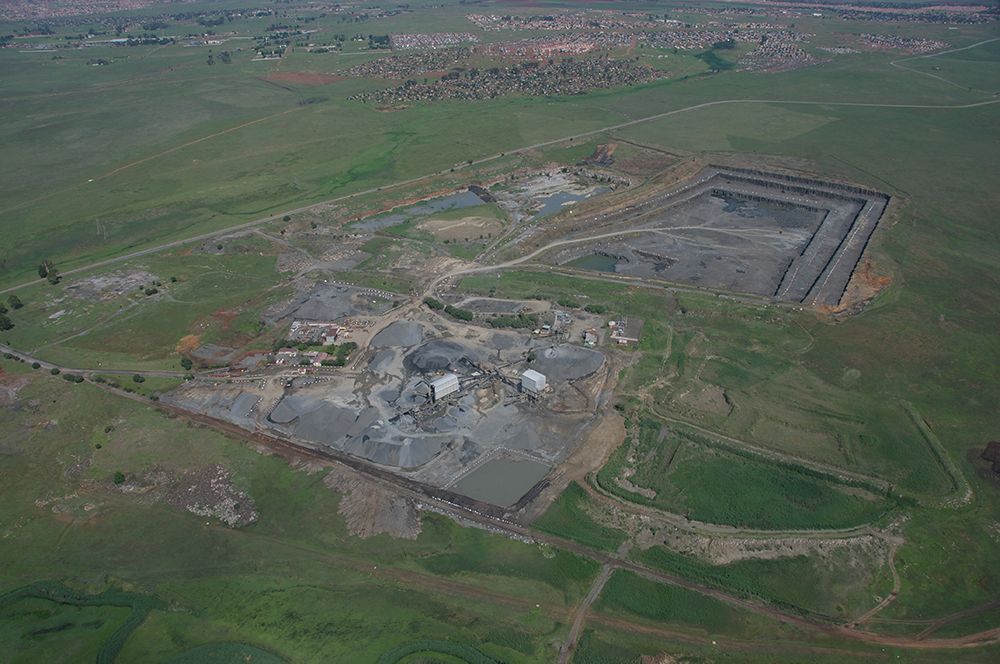
Compliance, by its very nature, costs money and a lot of it, which is why most quarry operators typically tend to focus squarely on planning and environmental approvals when considering their compliance obligations. Such an approach, however, is not sufficient for modern quarry operators and may subject operations to unaccounted areas of risk.
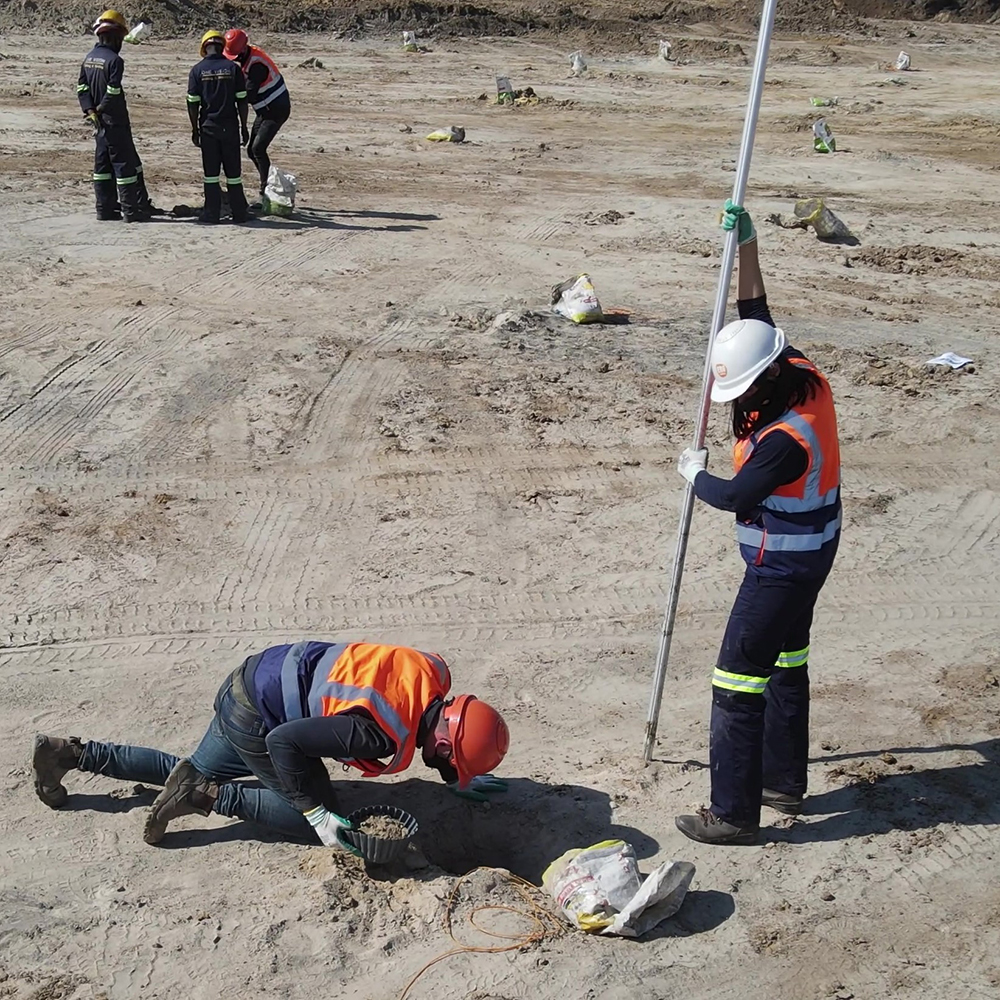 Instead, quarry operators need to take a broader view of their compliance obligations and ensure that they turn their attention towards the other types of approval that can cause them compliance issues. It is imperative that quarry operators realise that these regulations are dynamic and are located in a constantly changing space that is trending towards ever-increasing compliance obligations.
Instead, quarry operators need to take a broader view of their compliance obligations and ensure that they turn their attention towards the other types of approval that can cause them compliance issues. It is imperative that quarry operators realise that these regulations are dynamic and are located in a constantly changing space that is trending towards ever-increasing compliance obligations.
One operation that has always taken a broader view of compliance is AfriSam’s Rooikraal Quarry, located in Brakpan, Gauteng. In fact, the operation was the first within the AfriSam Group to acquire a licence to blast within 500m of structures, in line with the requirements of Regulation 4.16(2) of the Mining Health and Safety Act’s Explosives Regulations of 2018.
“We have always strived to be ‘110% compliant’ – be it environmental, health and safety or quality-related compliance. The compliance requirements do cost us a lot of money but also place us as a premium supplier of quality material that never compromises the safety of its people and the environment in which we operate,” explains Louis Sterley, works manager at Rooikraal Quarry.
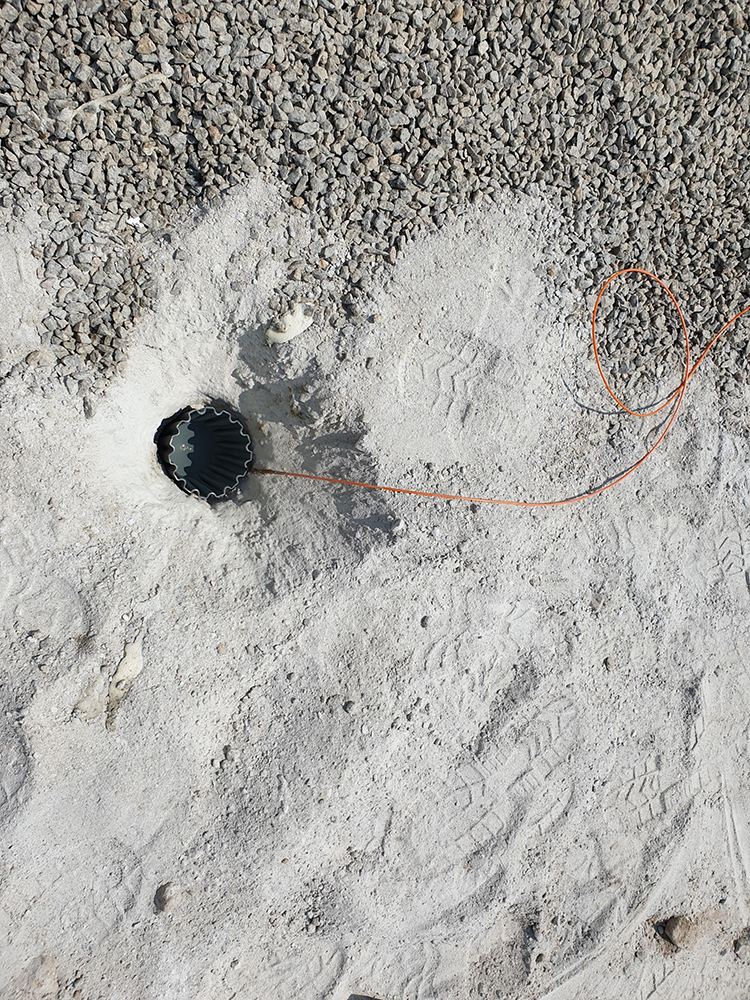 Following some notable blasting incidents in the industry, the Department of Mineral Resources and Energy (DMRE) adopted the stringent Regulation 4.16(2) in 2018, which provides a minimum baseline for procedures to ensure safe blasting for operations located in the proximity of structures, and for interested parties such as local communities.
Following some notable blasting incidents in the industry, the Department of Mineral Resources and Energy (DMRE) adopted the stringent Regulation 4.16(2) in 2018, which provides a minimum baseline for procedures to ensure safe blasting for operations located in the proximity of structures, and for interested parties such as local communities.
The regulation states that an operation should “take reasonable measures to ensure that no blasting operations are carried out within a horizontal distance of 500m of any public building, public throughfare, railway line, power line, any place where people congregate or any other structure, which it may be necessary to protect in order to prevent any significant risk”.
This is unless a risk assessment has identified a lesser safe distance and any restrictions and conditions to be complied with, or a written application is submitted to the principal inspector of mines accompanied by the following documents for approval: a sketch plan indicating the distance from the blasting area to the affected structures; the risk assessment; a proof of consultation with the owners of the affected structures, and restrictions and conditions.
A structure of concern for Rooikraal Quarry was an 88kVA Eskom (power utility) transformer located within 500m of the pit. Currently, it’s within 260m of the area being blasted. Other structures located within the 500m vicinity are the operation’s offices. A community and some chicken farmers are also in the vicinity but these are located about 2 – 3km from the pit. In 2018, the operation applied for permission to blast within 500m of these structures, and became the first operation within the AfriSam Group to be granted a written approval by the principal inspector of mines.
The application was supported by several mitigating factors that could allow the operation to blast safely within 500m of facilities. Innovation in blast designs and stemming were central to mitigating the risks.
“We started by altering our blast designs. Back in the day, we used to opt for 89mm diameter holes, and then went up to 98mm, before moving up to 102mm and eventually 115mm. Bigger holes allow us to increase our burden and spacing, which improves our fragment size distribution and the total cost of operation,” he says.
To further reduce the likelihood of stemming ejection and flyrock, the operation became one of the first in South Africa to adopt stemming plugs. “We recently started using Varistem stemming plugs, supplied locally by ERG Industrial,” says Sterley.
The stemming plugs are placed between the explosive column charge and stemming. Plugs work by creating an additional blocking effect within the drill hole when blast energy is released, directing more energy into the block and less energy upwards, out of the drill hole. Upon detonation of the explosives, the plug is forced upward into the stemming material and “locks up”. The explosive gases and energy are prevented from travelling (venting) up through the drill hole.
Typically, the loss of explosive energy through stemming ejection reduces the performance of the blast. The fundamental theory promoting the use of blast-improvement and containment plugs is that they can improve the effectiveness of stemming material in the blasthole. As a result, this would better contain the explosive energy within the rock mass and yield a more controlled and efficient blast.
Of the various products that have come to market to improve blast performance, flyrock control and productivity, stemming plugs have probably been looked upon with some incredulity.
“We were initially sceptical and eventually did a test run and the results were amazing. The intent of the trial was to demonstrate the energy-retention capabilities of the Varistem blast stemming plugs through conducting a split blast,” explains Sterley.
The trial run indicated a massive improvement in energy retention. A key takeaway was the increase in time to stemming movement. The blast analysis clearly indicated that the time to stemming movement of the Varistem side of the block was many times longer than on the non-Varistem side of the block. The improvement in energy retention leads to several benefits such as reduced flyrock, improved fragmentation, and reduced vibration and noise, among others.
Not only does the Varistem help reduce potential safety incidents such as flyrock and vibration, but it also improves blasting performance and decreases costs. The plugs contain blast energy for longer.
Maximum blast containment, explains Sterley, means greater fragmentation and micro-fractures, with more tonnage processed at less cost. Following fractures created by the explosive shock waves, the Varistem improves expanding gas containment. The greater the gas containment time within the ore mass fractures, the better the fragmentation. “Getting fragmentation right is substantially cheaper than having to do secondary blasting or mechanical breakage,” he says.
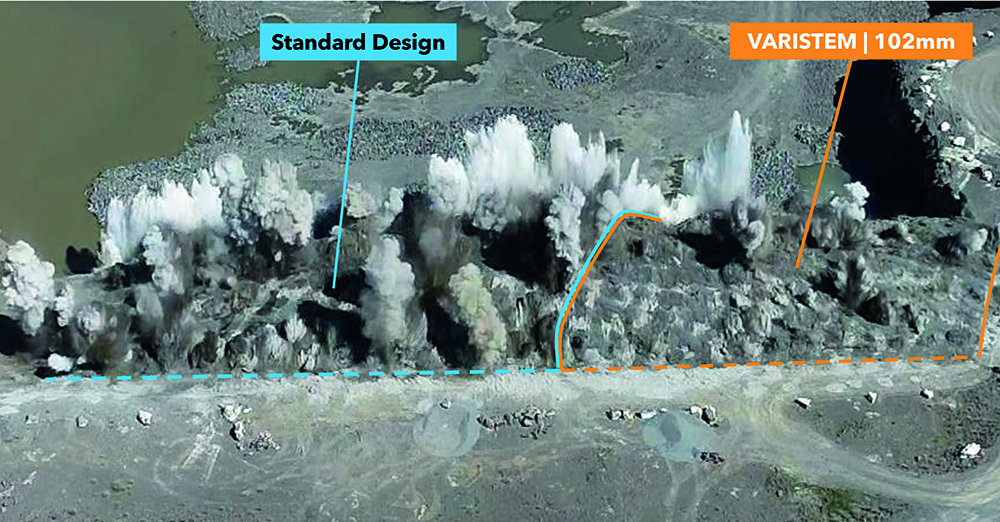
In some cases, Varistem has achieved up to a 25% increase in fragmentation, which in turn reduces crushing costs and increases crusher throughput. Independent studies also show that the Varistem can increase blast pattern spread by 10% or more, with the same fragmentation for major savings in drilling and explosive costs.
“There are several secondary cost savings which result from increased fragmentation – easier rock removal, reduced secondary breakage costs, increased truck capacity, and less wear on crushing equipment – all of which contribute to the cost benefit,” says Sterley.
He says the Varistem has offered the quarry the best of both worlds – an increase in safety and cost efficiency. “We pay a bit more in the pit, but the benefits of good fragmentation in the downstream processes are well documented,” he says.
Rooikraal Quarry mines a competent dolerite rock, which is blocky by nature when blasted. The direction of the blast is a crucial factor in achieving good fragmentation as well. This is complemented by good blast designs. The stemming cap is also proving worthwhile when blasting such a tricky rock.
Good fragmentation, with a special focus on fines, is a big focus for Rooikraal, especially given that the biggest demand driver is sand. Because of the competent nature of the rock on site, the quarry is also a big supplier to the asphalt market. Its product is sought-after, with some asphalt producers coming from as far as the Free State to fetch the product. Products driving demand in this market segment are 10mm and 20mm road stone.
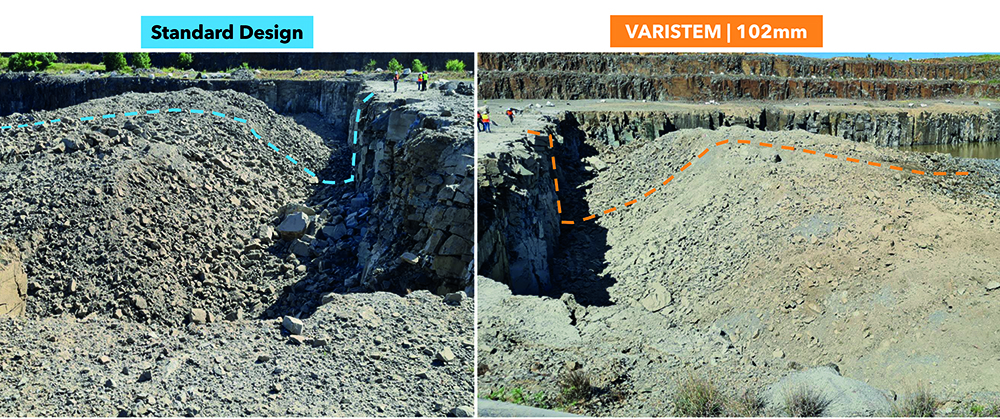
The operation produces an array of top-quality material sizes, including G6 (base course); ballast (for Transnet); 7.1mm, 22mm and 28mm concrete stone; 10mm, 14mm and 20mm road stone, as well as crusher sand. The operation is one of the few quarries in the country that still produces 28mm stone. This is largely produced on order and is mainly supplied to the energy and chemical company, Sasol.
The square nature of the pit allows for particularly big blasts, which translates into cost savings. “We are probably one of the fortunate operations in our group that can do fairly big blasts,” says Sterley. “We can do up to a 120,000 tonnes blast in one go. This is facilitated by the square nature of the pit; our benches are much wider and have big reserves of material. In general, we have ample space to blast.”
The pit is currently about 50m deep and will allow for mining of two more levels to about 90m. “We will probably be busy in the existing pit until 2027, before there is need to expand,” concludes Sterley.

